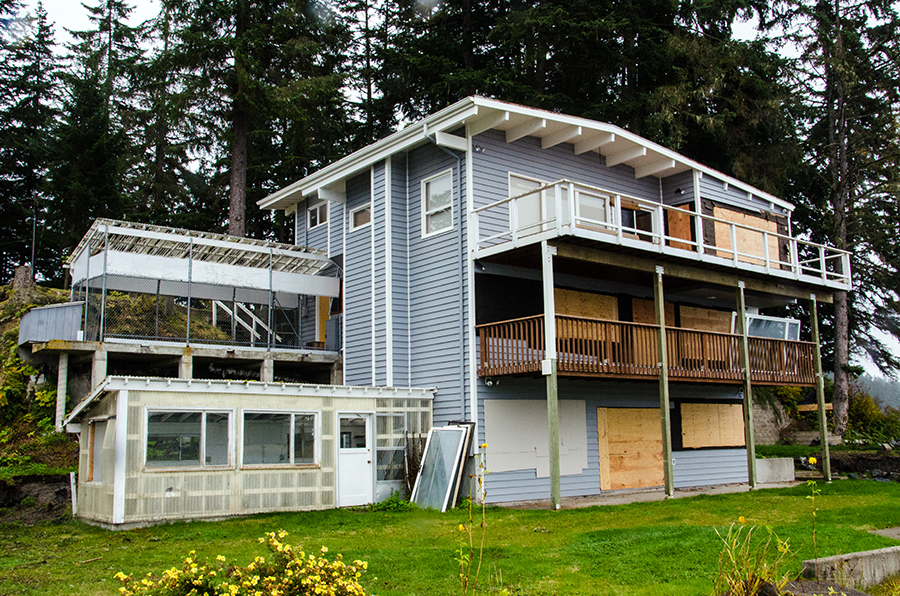
If you see smoke and flames from an Otter Run house on Saturday, don’t call firefighters. They will already be there.
Capital City Fire and Rescue will be burning down a house near Fritz Cove Road as part of their ongoing training.
The 1970s house was donated by the owner, who plans to build a new home in the same spot. CCFR Training Officer Nathan Young says the fire department is offered five to six structures a year for fire training, but they often can’t be used.
“It’s very rare that it’s in a location where we can safely conduct a burn and adhere to all the state and federal regulations that govern this. Usually buildings are too close to overhead power lines or other structures, or not in an area that we can basically control for the day without putting a lot of people at an inconvenience,” he says.
Ignition will be pallets and cardboard. Young says small fires will be set in different rooms, and then the entire house will be burned down.
About 50 firefighters are expected to participate in the training, which he calls a valuable opportunity for more experience in fire behavior, which depends on oxygen levels and fuel types.
“There’s certain parts of it referred to as flash-over where all the contents of a room reach ignition temperature all at the same time and the entire room within seconds completely and explosively fills up with flame and it’s not a survivable situation,” he says. “So we really want our folks be able to recognize the signs leading up to those situations so they can either take care of the situations or get out.”
Such training is a reason the state Division of Fire and Life Safety awarded CCFR Training Officer Young the William A. Hagevig Fire Service Instructor of the Year.
State Fire Marshal Kelly Nicolello says in a news release that Young has a very successful program to keep firefighters “up on the latest cutting edge training.”
But Young says he’s just one of a very high functioning CCFR team.
“Some extraordinary people are in this department; some exceptional people in the state of Alaska are in this department,” he says. “And it’s all a matter of people who are going the extra mile all working together as a team. No one person makes an operation successful nor can one person be successful without the entire team.”
CCFR has 33 year-around and four seasonal personnel at stations one and three, and 45 to 50 volunteers at stations two, four and five.
Young, who is only 32, says he’s been firefighting since he was 14-years-old in the tiny Southeast town of Port Alexander, where, he says, there are ample opportunities for everybody to pitch in.